mobile Ansicht, to the English Version tap the flag
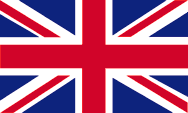

- Republik Ekuador
- demokratische präsidiale Republik
- Eigenbezeichnung: República del Ecuador
• Flaggen
• historische Flaggen
• Bedeutung/Ursprung der Flagge
• Wappen
• Bedeutung/Ursprung des Wappens
• Flugzeugkokarde
• Landkarte
• Zahlen und Fakten
• Geschichte
• Ursprung des Landesnamens
• Galapagos-Inseln
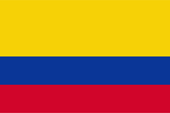
National- und Handelsflagge,
Seitenverhältnis = 2:3,
Quelle, nach:
Corel Draw 4,
Flaggen und Wappen



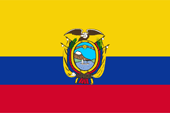
Staats- und Marineflagge,
Seitenverhältnis = 2:3,
Quelle, nach:
Corel Draw 4,
Flaggen und Wappen





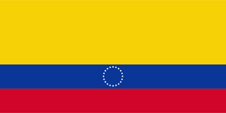
Dienstflagge der Munizipalbehörden,
Seitenverhältnis = 1:2,
Quelle, nach: Flags of the World



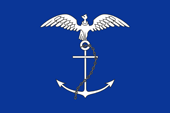
Gösch,
Seitenverhältnis = 2:3,
Quelle, nach: Flags of the World



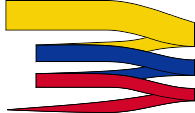
Kommandowimpel,
Quelle, nach: Flags of the World
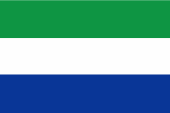
Flagge der Galapagos-Inseln,
Quelle, nach: Flags of the World,
Mehr info? => hier




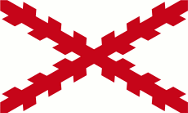
16. Jhd. – 1785,
zum spanischen Machtbereich,
Quelle, nach: Wikipedia (EN)



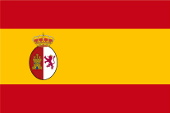
1785–1822,
zum spanischen Machtbereich,
Quelle, nach: Wikipedia (EN)



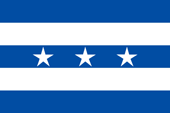
1820–1822,
Nationalflagge,
Quelle, nach:
Wikipedia (DE)



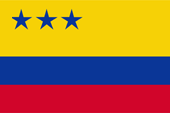
1822–1830,
Nationalflagge Großkolumbiens,
Quelle, nach: Die Welt der Flaggen



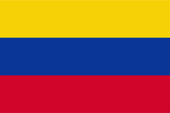
1830–1845,
Nationalflagge(?),
Quelle, nach:
Flags of the World



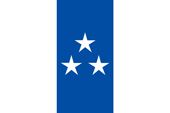
März 1845,
Nationalflagge,
Quelle, nach:
Wikipedia (DE)



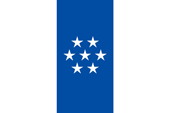
November 1845,
Nationalflagge,
Quelle, nach:
Wikipedia (DE)




1860–1900,
Nationalflagge,
Quelle, nach:
Flags of the World



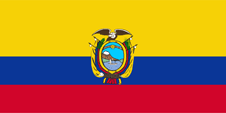
1900–2009,
Staats- und Marineflagge,
Seitenverhältnis = 1:2,
Quelle, nach:
Corel Draw 4,
Flaggen und Wappen





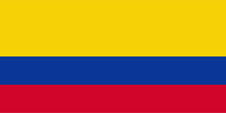
1900–2009,
National- und Handelsflagge,
Seitenverhältnis = 1:2,
Quelle, nach:
Corel Draw 4,
Flaggen und Wappen




Die erste Flagge des unabhängigen Staates war während eines gegen die Spanier gerichteten Aufstands im Jahre 1820 gehisst worden, als in der Provinz Guayaquil, als von den Spaniern befreites Gebiet, eine Flagge mit abwechselnd fünf Streifen in Blau und Weiß und drei weißen Sternen in der Mitte gehisst wurde. Die Unabhängigkeit von Spanien folgte 1822 als Staat Großkolumbien, von dem das heutige Ekuador ein Teil gewesen ist. Die Flagge Großkolumbiens wird in dieser Zeit als horizontal gelb-blau-rot gestreift beschrieben, allerdings einmal mit drei blauen Sternen in der Oberecke, einmal mit einem Wappen in der Mitte. Großkolumbien zerfiel 1830 in die Länder Venezuela, Kolumbien und Ekuador. Welche Flagge jetzt in Ekuador wehte ist nicht wirklich bekannt. Wahrscheinlich war die Flagge horizontal gelb-blau-rot gestreift, ohne das Wappen Großkolumbiens, bzw. ohne die drei Sterne. Einige Quellen beschreiben auch ein eigenes Wappen in der Mitte der Flagge. Im Jahre 1845 kam es zu einer liberalen Revolution, in deren Folge eine neue Flagge angenommen wurde. Sie war senkrecht weiß-blau-weiß gestreift und zeigt im mittleren blauen Streifen zunächst drei Sterne, später sieben, oder gar neun. Bis 1860 bleibt die Lage unübersichtlich (nicht nur was die Flagge angeht), vier Regierungen bekämpften sich gleichzeitig, das Land versinkt in Chaos. Im Jahre 1860 konnte sich der Konservative Gabriel García Moreno durchsetzen und das Chaos im Land beenden. Er führte die gelb-blau-rote Flagge wieder ein, so wie sie bis heute verwendet wird. Am 07.11.1900 wurden die Seitenverhältnisse der Flagge auf 1:2 festgelegt, im Jahre 2009 auf 2:3 abgeändert. Am 13. März 2003 verabschiedete der Nationalkongresses die Resolution 24-047, welche die Gestaltung des Wappens neu regelt. Sie trat am 21. März 2003 in Kraft. Die Farben werden dabei folgendermaßen festgelegt: Gelb = pt 116, Blau = pt 287 , Rot = pt 186. Die Flagge zeigt drei waagerechte Streifen in Gelb, Blau und Rot im Verhältnis 2:1:1. Der breitere gelbe Streifen war eigentlich zur Aufnahme von Wappen oder ähnlichem vorgesehen, jedoch machte Ekuador davon keinen Gebrauch und setzte das Wappen in die Mitte. Die Farben Gelb, Blau und Rot sollen die Trennung des Landes (Landesfarbe: Gelb) von der Kolonialmacht Spanien (Landesfarbe: Rot) durch das Meer (Blau) symbolisieren. Gelb steht auch für den Reichtum des Landes, für den Sonnenschein und die Kornfelder. Blau steht für den Himmel, den Ozean und die Flüsse, und Rot steht für das für die Unabhängigkeit vergossene Blut. Die Farbkombination geht zurück auf den venezolanischen Freiheitskämpfer Francicso de Miranda (1750–1816). Er verwendete als erster eine Flagge mit diesen Farben. Ab diesem Zeitpunkt wurde diese Flagge in verschiedenen, leicht abgewandelten Formen verwendet. Erstmals war sie bereits im Jahre 1807 bei einem Feldzug der Befreiungsarmee gegen Ortschaften im Norden Venezuelas in Gebrauch. Miranda wählte als Farben Gelb, Blau und Rot. Häufig wird unterstellt, dass Miranda "Hellblau" gewählt hätte, was auch auf einigen Flaggendarstellungen aus dieser Region und Zeit zu finden ist. Das ist problematisch. Flaggen als historische Fundstücke werden oft mit dem modernen Auge betrachtet, und schnell wird eine bestimmte Farbbezeichnung verwendet. Dabei wird völlig ignoriert, dass das Hellblau auf Auswaschen und Verbleichen zurückzuführen ist, eine bei Indigo (einen anderen Farbstoff gab es damals noch nicht) bis heute bekannte und auch entsprechend ausgenutzte Eigenschaft. Venezuela und Kolumbien verwenden ähnliche Flaggen, ein Hinweis auf die einstige historische Vereinigung der Länder Ekuador, Venezuela und Kolumbien innerhalb Großkolumbiens.
Quelle:
Die Welt der Flaggen,
eluniverso.com,
Metodología para la normalización gráfica,
Wikipedia (DE)

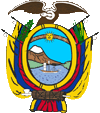
seit 1900,
Wappen von Ekuador,
Quelle:
Flaggen und Wappen,
Corel Draw 4

Das Staatswappen zeigt auf einem ovalen den höchsten Berg des Landes, den Chimborazo, und im Vordergrund ein Schiff als Symbol für den Handel. Oben im Schild die Sonne der Freiheit und die Tierkreiszeichen jener Monate des Jahres 1845, in denen im Lande die Revolution stattfand. Oberhalb des Schildes sitzt ein Kondor. Er ist das Sinnbild der Unabhängigkeit. Unterhalb des Schildes ein Liktorenbündel. Es verkörpert die republikanische Staatsordnung. Am 13. März 2003 verabschiedete der Nationalkongresses die Resolution 24-047, welche die Gestaltung des Wappens neu regelt. Sie trat am 21. März 2003 in Kraft.
Quelle:
Die Welt der Flaggen,
Wappen und Flaggen aller Nationen,
Flaggen Wappen Hymnen


Flugzeugkokarde,
Quelle, nach: Wikipedia (EN)
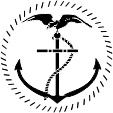
Flugzeugkokarde für Marineflieger,
Quelle, nach: Wikipedia (EN),
Ecuadorian_Air_Force_roundel.svg: sladyNaval_Jack_of_Ecuador.svg: Denelson83, Huhsunquderivative work: NikNaks talk - gallery - wikipedia, CC BY-SA 3.0, via Wikimedia Commons

Lage:
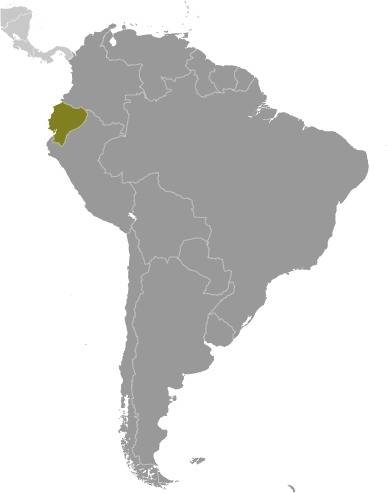
Quelle/Source: CIA World Factbook
Landkarte des Landes:
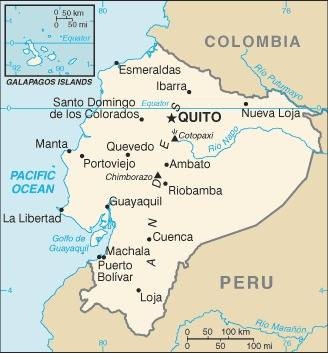
Quelle/Source: CIA World Factbook

Fläche: 283.561 km², davon Galapagos-Inseln 8.010 km²
Einwohner: 17.400.000 (2019), davon 72% Mestizen, 7% Indianer, 7% afrikan. Abstammung und Mulatten, 6% Europäer (davon 3.000 Deutsche)
Religionen: 72% Katholiken
Bevölkerungsdichte: 61 Ew./km²
Hauptstadt: Quito, 2.736.000 Ew. (2019)
Amtssprache: Spanisch
sonstige Sprachen: Ketschua, Shuar
Währung (bis 2000): 1 Sucre (S) = 100 Centavos
Währung (ab 2000): 1 US-Dollar (USD, $) = 100 Cent
Zeitzone: MEZ – 6 h
Quelle:
Wikipedia (D),
Deutsche im Ausland

1465–1534 · Provinz des Inkareichs
1533–1534 · spanische Eroberung
1822 · Unabhängigkeit von Spanien
1822–1830 · zu Großkolumbien
1830 · staatliche Unabhängigkeit
1875–1930 · Krisen, Unruhen, Bürgerkriege
1941 · Besetzung der Provinz El Oro durch Peru
1941–1942 · Krieg gegen Peru
1942 · Abtretung der Provinz El Oro an Peru
1948–1960 · wirtschaftlicher Aufschwungs
1972 · Beginn der Erdölförderung
1972–1978 · Militärdiktaturen
1978 · Verfassung, Rückkehr zur Demokratie
1983 · beginnender wirtschaftlicher Niedergang
1995 · militärische Konflikte mit Peru, Ekuador muss erneut Gebiete abtreten
26.10.1998 · Grenz- und Friedensvertrag mit Peru
Quelle:
Atlas zur Geschichte,
Weltgeschichte,
Wikipedia (D)

Wie der Name des Landes schon vermuten lässt, geht dieser auf die Lage des Landes unter dem Äquator zurück. Der Name geht auf eine französisch-spanischen Expedition des 18. Jahrhunderts zurück, welche die Lage des Äquators über das Land vermesen hatte. Allerdings wurde die Gegend in der spanischen Zeit unter dem Namen "Real Audiencia de Quito" (Gerichtsbezirk Quito) zusammengefasst, was im Jahre 1810 zunächst zur Proklamation der 'Republik Quito' führte, die jedoch nur zwei Jahre bestand.
Quelle/Source:
Handbuch der geographischen Namen,
Wikipedia (D)


![]()






















































